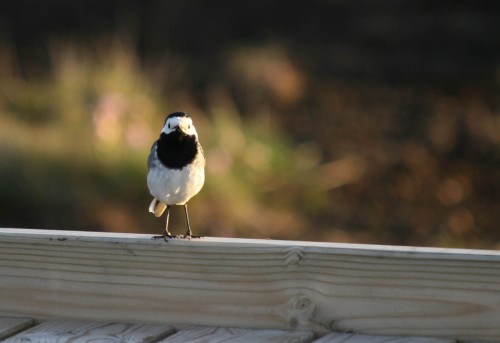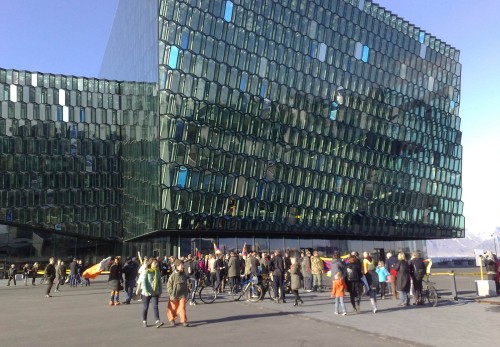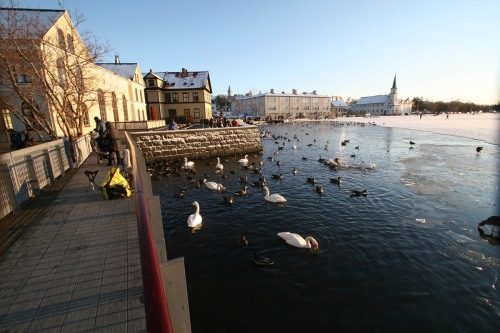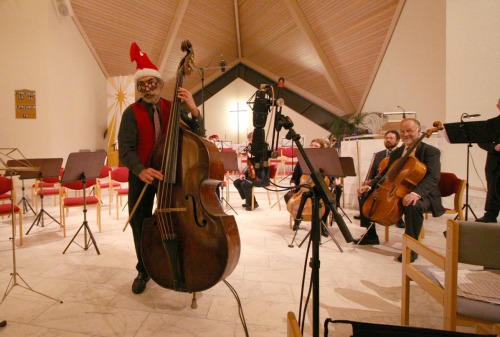
Víðgelmir is a lava tube situated in Western Iceland in the Hallmundarhraun lava field, ca. 2 km. Southeast from Fljótstunga farm in Hvítársíða, Borgarfjörður. The roof of the lava tube has collapsed, creating two large openings near its north end which are the only known entrances. Viðgelmir is 1585m long, the largest part of the cave passage is 15.8m high and 16.5m wide making it by far the largest of its kind in Iceland. The cave has a wide entrance but narrows down in some places. An iron gate was installed at the first constriction in 1994 to preserve the delicate lava formations or speleothems which haven’t already been destroyed. Evidence of human habitation, probably dating to the Viking age, has been discovered in the cave and is preserved in the National Museum of Iceland. Long stretches of the cave floor are very rough and shouldn’t be navigated without a guide. Access and guided tours are provided at nearby Fljótstunga.
Lava tube caves are formed when a low-viscosity lava flow develops a continuous and hard crust which thickens and forms a roof above the molten lava stream. When the eruption subsides, the still molten lava moving beneath the crust will continue to drain downhill, leaving an open lava tube cave. Many other lava tube caves have been discovered in Hallmundarhraun (formed around 900 AD), most notable Surtshellir and Stefánshellir.(*)
This recording was made 30th of June 2012, close to the entrance, where ice from last winter was still melting. Water drops from the cave roof are falling into differenet places on the floor, in holes in the ice and on stones on rough surfaced floor.
Deeper in the cave there is no dripping water so it is completely quiet. For most people it could be an interesting experience. During the summer people can have guided tour in Viðgelmir, just contact Fljótstunga farm.
Download mp3 file. (192kbps / 28,1Mb)
See more and listen at: www.fieldrecording.net
Recorder. Sound Devices 788
Mic: Rode NT1a (NOS)
Pic: Canon 30D. See more pictures at Google. My camera did not work perfectly in the cave, but anyway here is my picture
(*) Information about the cave is copied from Wikipedia.











